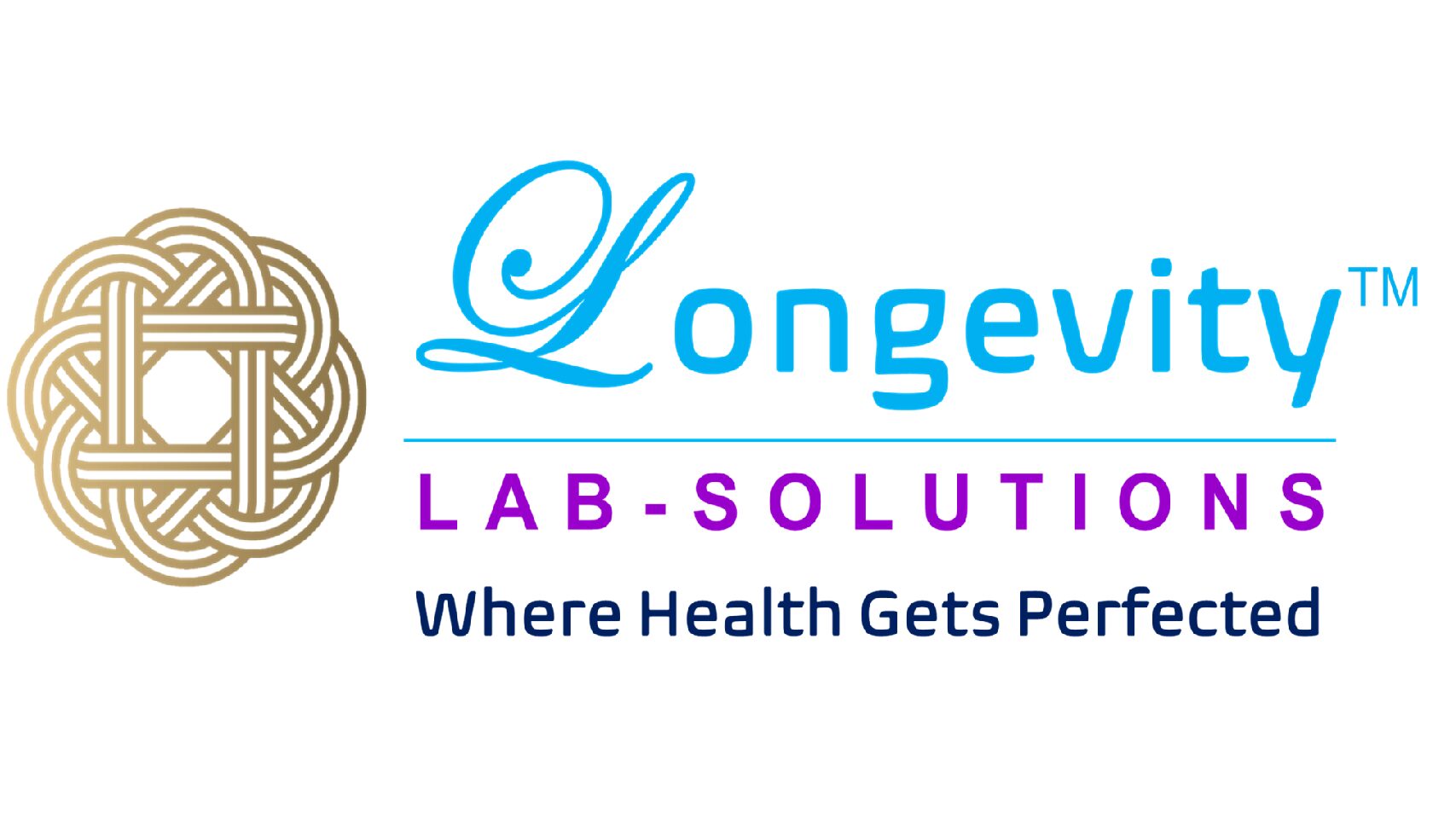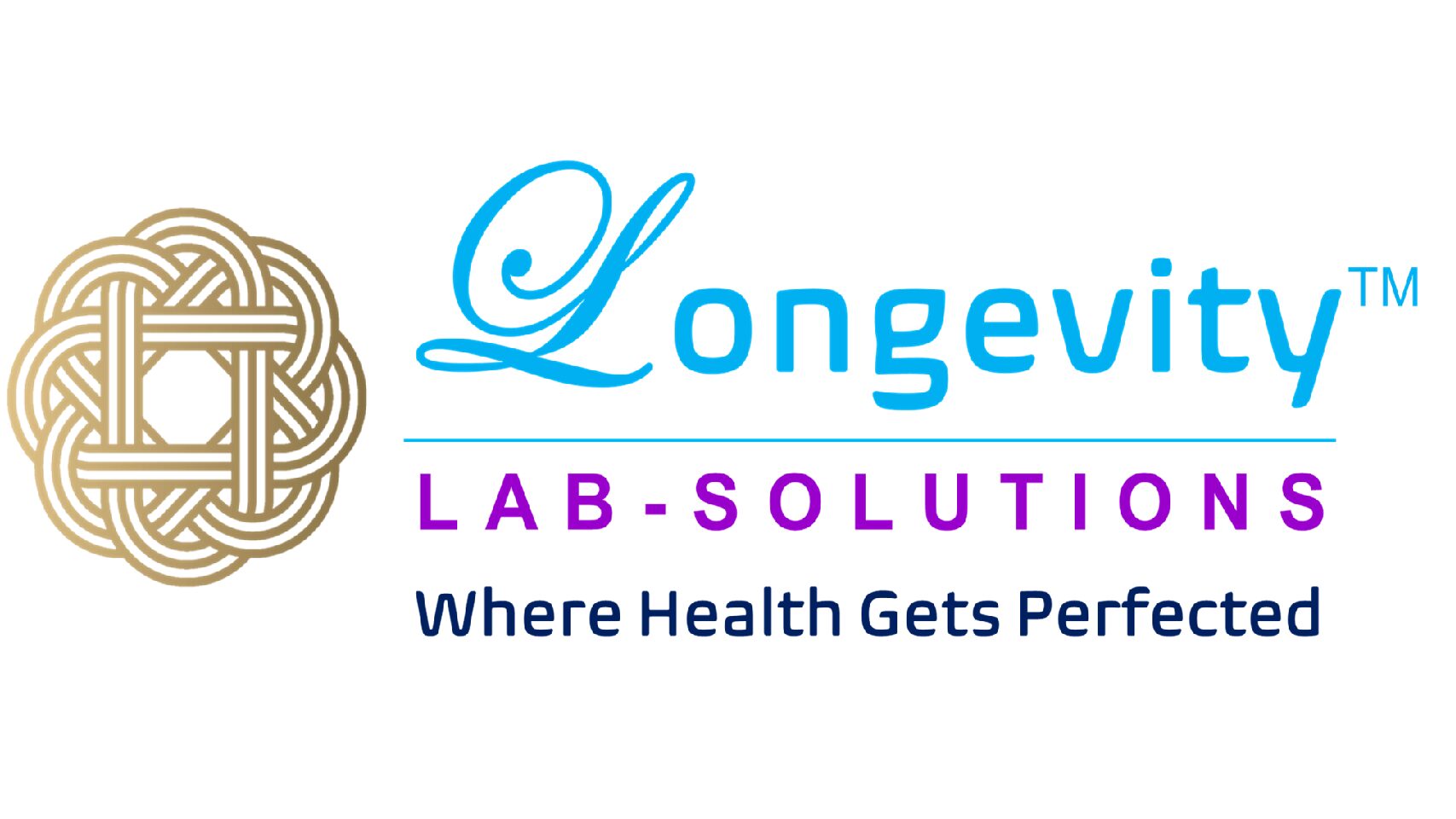Heart Health Blood Test
$179.00
Heart health blood tests provide valuable information about the risk factors and overall condition of your cardiovascular system. This blood test panel, along with a comprehensive evaluation of your medical history, lifestyle factors, and physical examination, can help assess your overall heart health and identify potential risk factors for cardiovascular disease. Based on the results, your healthcare provider can develop a personalized plan to manage and improve your heart health, which may include lifestyle modifications, medications, or further diagnostic tests.
Analytes in this test: 32 Total Analytes:- Lipid Panel (6 analytes) Homocysteine, C-Reactive Protein, D-Dimer, Apolipoprotein A1, Apolipoprotein B, Complete Blood Count (CBC) 21 analytes
Description
About the Test
Heart health refers to the overall well-being and proper functioning of the heart. The heart is a vital organ that pumps blood throughout the body, providing oxygen and nutrients to the cells and organs.
If you have a family history of heart disease, are at risk for heart disease due to other health conditions, or have symptoms such as chest pain, shortness of breath, or a rapid or irregular heartbeat, it is important to speak with a healthcare professional. Early detection and treatment of heart disease can help prevent or slow progression and minimize the risk of serious complications, such as heart attack and stroke.
Overview of Heart Health
Heart health refers to the overall well-being and proper functioning of the heart. The heart is a vital organ that pumps blood throughout the body, providing oxygen and nutrients to the cells and organs.
Maintaining good heart health is essential for overall health and wellness. Some steps that can help support heart health include:
- Eating a healthy diet that is low in saturated and trans fats, and high in fruits, vegetables, and whole grains
- Maintaining a healthy weight
- Engaging in regular physical activity
- Not smoking and avoiding exposure to secondhand smoke
- Limiting alcohol consumption
- Managing stress and getting enough sleep
- Controlling high blood pressure, cholesterol, and diabetes
If you have a family history of heart disease, are at risk for heart disease due to other health conditions, or have symptoms such as chest pain, shortness of breath, or a rapid or irregular heartbeat, it is important to speak with a healthcare professional. Early detection and treatment of heart disease can help prevent or slow progression and minimize the risk of serious complications, such as heart attack and stroke.
Analytes Tested
32 Analytes
- Total Cholesterol
- HDL Cholesterol
- HDL/Cholesterol
- LDL Cholesterol
- VLDL
- Triglycerides
- APOA1
- APOB
- Homocysteine
- C-Reactive Protein
- D-Dimer
- Complete Blood Count (21 Analytes)
Total Cholesterol
Total cholesterol is a measure of the overall amount of cholesterol in the blood. Cholesterol is a type of fat that is produced by the liver and also obtained from food.
High levels of total cholesterol can increase the risk of heart disease and stroke by contributing to the buildup of plaque in the arteries. The American Heart Association recommends that people have their cholesterol levels checked regularly, as part of a routine health screening.
A total cholesterol test is typically performed as part of a lipid panel, which measures the levels of different types of fats (lipids) in the blood, including total cholesterol, low-density lipoprotein (LDL) cholesterol, high-density lipoprotein (HDL) cholesterol, and triglycerides.
Normal total cholesterol levels are considered to be less than 200 mg/dL. However, the target level of total cholesterol depends on a person’s individual risk factors, such as age, family history, and lifestyle. A healthcare provider can interpret the results of a total cholesterol test and make recommendations for treatment or lifestyle changes as needed.
LDL Cholesterol
Low-density lipoprotein (LDL) cholesterol is sometimes referred to as the “bad” cholesterol because high levels can increase the risk of heart disease and stroke. LDL cholesterol contributes to the buildup of plaque in the arteries, which can narrow or block blood flow.
The LDL cholesterol test measures the amount of LDL cholesterol in the blood. It is typically performed as part of a lipid panel, which measures the levels of different types of fats (lipids) in the blood, including total cholesterol, LDL cholesterol, high-density lipoprotein (HDL) cholesterol, and triglycerides.
The American Heart Association recommends that people have their cholesterol levels checked regularly, as part of a routine health screening. Normal LDL cholesterol levels are considered to be less than 130 mg/dL. However, the target level of LDL cholesterol depends on a person’s individual risk factors, such as age, family history, and lifestyle.
A healthcare provider can interpret the results of an LDL cholesterol test and make recommendations for treatment or lifestyle changes as needed. This may include changes to diet and exercise, as well as medication to lower cholesterol levels.
HDL Cholesterol
High-density lipoprotein (HDL) cholesterol is sometimes referred to as the “good” cholesterol because high levels are associated with a reduced risk of heart disease and stroke. HDL cholesterol helps remove plaque from the arteries and reduce the risk of heart disease.
The HDL cholesterol test measures the amount of HDL cholesterol in the blood. It is typically performed as part of a lipid panel, which measures the levels of different types of fats (lipids) in the blood, including total cholesterol, low-density lipoprotein (LDL) cholesterol, HDL cholesterol, and triglycerides.
The American Heart Association recommends that people have their cholesterol levels checked regularly, as part of a routine health screening. Normal HDL cholesterol levels are considered to be 40 mg/dL or higher. Higher levels of HDL cholesterol are associated with a lower risk of heart disease, while lower levels are associated with an increased risk.
A healthcare provider can interpret the results of an HDL cholesterol test and make recommendations for treatment or lifestyle changes as needed. This may include changes to diet and exercise, as well as medication to raise HDL cholesterol levels.
VLDL
Very low-density lipoprotein (VLDL) is a type of lipid, or fat, found in the blood. VLDL is produced by the liver and is a source of triglycerides, which are a form of fat that is stored in the body’s fat cells.
VLDL is one of the components of a lipid panel, which measures the levels of different types of fats (lipids) in the blood, including total cholesterol, low-density lipoprotein (LDL) cholesterol, high-density lipoprotein (HDL) cholesterol, and triglycerides. The VLDL test measures the amount of VLDL in the blood.
High levels of VLDL in the blood can increase the risk of heart disease and stroke. VLDL contributes to the buildup of plaque in the arteries, which can narrow or block blood flow.
The American Heart Association recommends that people have their cholesterol levels checked regularly, as part of a routine health screening. Normal VLDL levels vary, but are typically considered to be less than 30 mg/dL. However, the target level of VLDL depends on a person’s individual risk factors, such as age, family history, and lifestyle.
A healthcare provider can interpret the results of a VLDL test and make recommendations for treatment or lifestyle changes as needed. This may include changes to diet, exercise, and medication to lower VLDL levels.
Triglycerides
Triglycerides are a type of fat that is found in the blood and stored in the body’s fat cells. Triglycerides are the main form of fat in the diet and are also produced by the liver.
The triglycerides blood test measures the amount of triglycerides in the blood. It is typically performed as part of a lipid panel, which measures the levels of different types of fats (lipids) in the blood, including total cholesterol, low-density lipoprotein (LDL) cholesterol, high-density lipoprotein (HDL) cholesterol, and triglycerides.
High levels of triglycerides in the blood can increase the risk of heart disease and stroke. Triglycerides contribute to the buildup of plaque in the arteries, which can narrow or block blood flow.
The American Heart Association recommends that people have their cholesterol levels checked regularly, as part of a routine health screening. Normal triglyceride levels are considered to be less than 150 mg/dL. However, the target level of triglycerides depends on a person’s individual risk factors, such as age, family history, and lifestyle.
A healthcare provider can interpret the results of a triglycerides test and make recommendations for treatment or lifestyle changes as needed. This may include changes to diet, exercise, and medication to lower triglyceride levels.
Homocysteine
Homocysteine is an amino acid that, when present in elevated levels in the blood, has been associated with an increased risk of heart disease. Here’s how homocysteine relates to heart health:
-
Atherosclerosis: Elevated levels of homocysteine can contribute to the development of atherosclerosis, which is the buildup of plaque in the arteries. Homocysteine may damage the inner lining of blood vessels and promote inflammation, making the arteries more prone to plaque formation.
-
Blood Clotting: High levels of homocysteine can increase the tendency of blood to clot, potentially leading to the formation of blood clots that can block blood flow to the heart or brain, resulting in a heart attack or stroke.
-
Endothelial Dysfunction: Homocysteine can impair the function of the endothelium, which is the lining of the blood vessels. Endothelial dysfunction is associated with reduced dilation of blood vessels and impaired regulation of blood pressure, potentially contributing to the development of cardiovascular disease.
-
Impact on Cholesterol: Homocysteine can also affect lipid metabolism, leading to alterations in cholesterol levels. It may decrease levels of protective high-density lipoprotein (HDL) cholesterol and promote the oxidation of low-density lipoprotein (LDL) cholesterol, which is associated with increased cardiovascular risk.
-
Interaction with Other Risk Factors: Elevated homocysteine levels can synergistically interact with other risk factors, such as smoking, hypertension, and diabetes, further increasing the risk of heart disease.
However, it’s important to note that while numerous studies have suggested a link between homocysteine and heart health, the exact mechanisms and the clinical significance of homocysteine as an independent risk factor are still under investigation. Furthermore, the impact of lowering homocysteine levels on reducing cardiovascular risk is not yet definitive.
If you have concerns about homocysteine levels and their impact on heart health, it is recommended to consult with a healthcare provider. They can evaluate your specific situation, consider other risk factors, and provide guidance on appropriate management strategies, which may include lifestyle modifications and potentially vitamin supplementation to lower homocysteine levels.
C-Reactive Protein, HS
C-Reactive Protein (CRP), high sensitivity (hs-CRP) is a protein produced by the liver in response to inflammation in the body. It is measured in a blood test to evaluate a person’s level of inflammation. The high sensitivity test (hs-CRP) is a more sensitive version of the CRP test and can detect low levels of inflammation.
Elevated levels of CRP, especially hs-CRP, are associated with an increased risk of heart disease, stroke, and other chronic conditions. The normal range for hs-CRP may vary depending on the laboratory, but generally falls between 0-3 mg/L. A healthcare professional will interpret the results in the context of a person’s overall health and medical history. In general, the lower the hs-CRP level, the lower the level of inflammation and the lower the risk of heart disease and other chronic conditions.
D-Dimer
D-dimer is a substance that is produced when blood clots are broken down. It is measured in a blood test to evaluate the likelihood of a blood clot (thrombosis) in the body. Elevated levels of D-dimer can indicate the presence of a blood clot in the veins, such as a deep vein thrombosis (DVT) or a pulmonary embolism (PE), or other conditions such as disseminated intravascular coagulation (DIC).
The normal range for D-dimer may vary depending on the laboratory, but generally falls below a certain threshold, typically 500 ng/mL. However, it’s important to note that even if the D-dimer level is elevated, it does not definitively confirm the presence of a blood clot. A healthcare professional will interpret the results in the context of a person’s overall health, medical history, and other clinical findings. In some cases, additional tests such as imaging studies may be necessary to confirm a diagnosis.
Specimen Requirements
SST tube of blood, serum
Turn Around Time
5 to 24 hours
Price For Test
Price: $179







